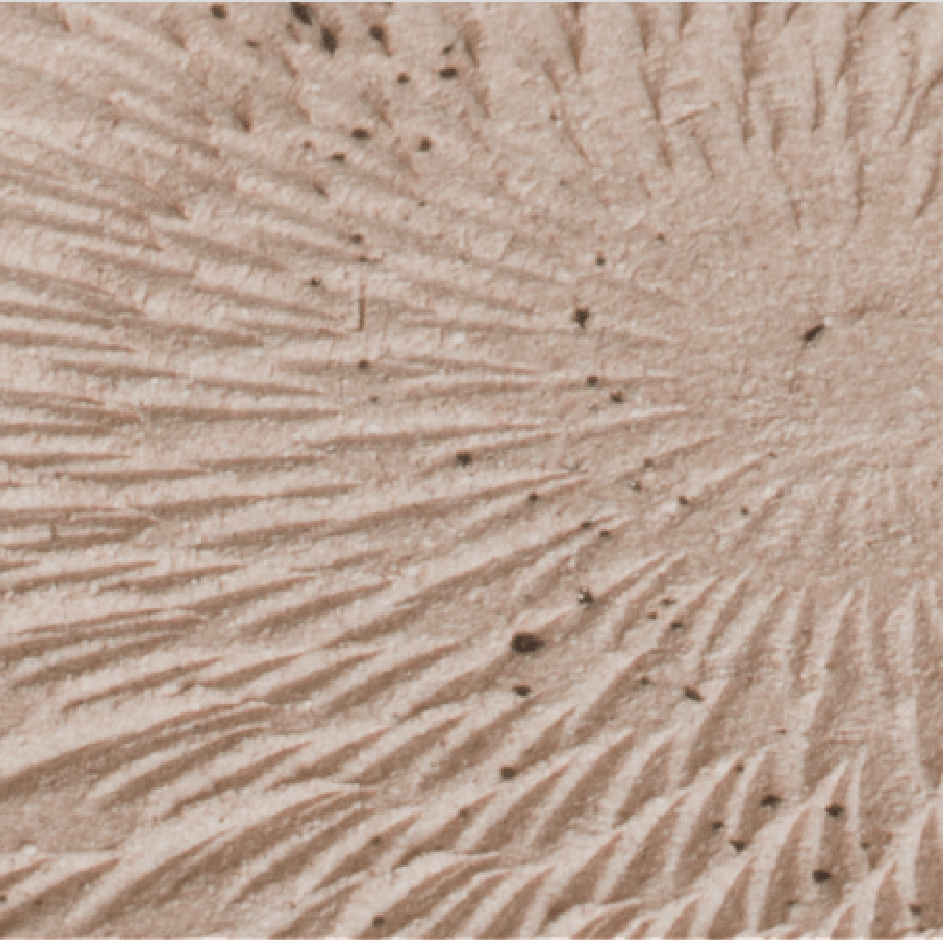
The craft of pottery making is one the oldest art forms around and dates back thousands of years – and Japanese Jomon-ware is some of the oldest ceramic ever discovered. While many of the materials and techniques remain almost unchanged today, its rich history does mean there is a lot of terminology to contend with. With a range of firing methods and types of pottery and an even wider range of different clay bodies, for many of us with a limited knowledge, it can get confusing.
With one of the longest ceramic traditions in the world, kilns all over Japan specialise in everything from unglazed stoneware to fine blue and white porcelain. To help understand our Japanese ceramics better and make the right choice, here’s our guide to the different types of pottery or ceramics.
The difference between pottery and ceramics
While the terms themselves are used to describe different types of homeware or art, pottery and ceramics both mean the same thing. The two can be used interchangeably as general terms for anything that is formed from a clay, then fired in a kiln and glazed or decorated depending on the desired finish.
You may hear the word pottery used to describe more utilitarian objects such as bowls, plates, pots and so on. Ceramic is often used to distinguish fine art and objects made for visual appeal rather than practical function, but both are made in the same way.
The different types of ceramic or pottery
There are three main types of pottery or ceramic and these usually cause the most confusion. While they are all made from clay and fired in the kiln, the type of clay used and the temperature at which the clay is heated produces very different effects. However, these are just guidelines and it can be hard to pin down exactly what category your ceramics fall into.
Earthenware
This is the earliest form or pottery and can be created from a variety of clay types or clay bodies. The key difference with earthenware is the firing process, which requires relatively low temperatures of around 1000⁰C. This process creates a hard but brittle type of ceramic that is porous. The porous surface means there are lots of little air bubbles or holes that make this type of pottery inadequate for any liquid storage. To remedy this, earthenware was later created with an additional glaze that was added before firing it a second time to create a decorative, waterproof layer.
Earthenware: Terracotta
Although terracotta can be called a type of pottery it is more specifically a kind of earthenware made with a certain type or colour of clay. While you may be more familiar with terracotta in reference to famous sculpture and art such as China’s Terracotta Army, the word itself is actually Italian and simply means baked earth.
Originally terracotta was used to describe any reddish clay fired at a low temperature and made in Italy but quickly spread across the world to account for any reddish earthenware. Today, the word terracotta is often used simply to describe any natural brown-orange colour as well as the sculptures and other utilitarian objects such as flower pots, water pipes, roofing tiles and bricks that the terracotta is used to make.
Stoneware
This type of ceramic is made from a kind of clay also called stoneware. It is fired at higher temperatures than earthenware, typically at around 1,200⁰C, thanks in part to the more fire-resistant clay body used which needs a higher temperature to fuse together in the kiln. The clay and firing process results in a more durable and denser material that is waterproof without the addition of glazing, although glazing is often used as decoration. Originating in China, anagama kiln designs and potting techniques arriving in Japan from Korea in about 300-400BC started the Japanese love affair with stoneware.
All our ceramics are fired above 1200⁰C, but some of them are porous when unglazed (for example Hoshino Yaki). But the exposed fired clay is an earthy colour and won’t flake or powder if it is scratched, so it is closer to stoneware.

Porcelain
Porcelain is a type of pottery that can also be made from a selection of different clay bodies but is usually always made at least in part from a refined clay called kaolin, sometimes referred to as China clay. It is then fired in a kiln at much higher temperatures between 1,200⁰C and 1,400⁰C to produce an extremely hard and shiny material that is often white and translucent. Firing temperatures of greater than 1250⁰C were only achieved after the introduction of the noborigama climbing kiln from Korea.

Although porcelain had been made in China for centuries before, Japan could only start when porcelain clay was found, according to legend, by a Korean potter on the small island of Amakusa. Amakusa clay has a slight grey/blue tinge to it which can be seen on our Arita ware from the Shingama kiln.

Still confused?
Let us know if you’re confused about any of the materials or firing processes used for any of our products, we’re always happy to help. You can also read our care guide to make sure you keep your stoneware, porcelain or lacquerware looking better for longer.

